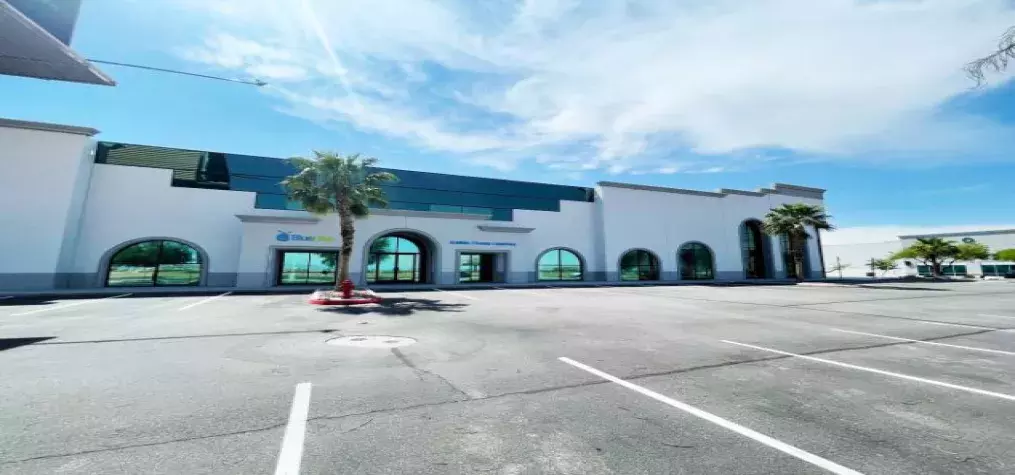Trade shows can offer businesses the single best form of marketing: one-on-one contact in a highly-charged selling atmosphere. Your actual booth space is a key component in that success. Companies with the budget and branding resources to secure a large booth have an advantage, but every company has an opportunity to shine. Whether your booth is 100 or 10,000 square feet, this is your chance to have a physical piece of real estate as your own personal store front – a rarity in today’s world of Zoom meetings and online sales.
Location. Location. Location. This truism is even more important at a trade show. While being on the main aisle or by the front door is important, sometimes that’s not possible. Other options to consider when selecting space include:
- Draft on a big booth. Look for booth locations near a non-competing company that is spending a lot of money to attract attendees. Being next door or nearby will give you a great shot of picking up some of their traffic.
- Innovation or Newcomers Alley. Expos sometimes offer an area dedicated to new companies so that attendees can learn about the newest products and services without having to search the entire hall. This gives up-and-coming businesses a great shot at grabbing attention.
- Session entrances. At large events, the front door is not the only way to enter an exhibit hall. Look for side entrances that take attendees to important venues, like learning session areas or food areas. Always look for sources of traffic.
Let Your Business Goals Define Your Booth Layout. Before you begin to design your booth, consider the actual layout. Your footprint should be defined by your business goals. Will you be scheduling meetings at the booth? Do you need space to sign contracts? Is your product physical or virtual? Will you need Internet and special lighting? Consider all of these details before you begin the actual design process.
Brand Drives Booth Design. Once you settle on a basic layout, begin the design work. This is the realm of the brand owner. Consider the impact you want to have on your prospects and customers. Will they recognize you and your brand? Is the booth welcoming? Are your graphics easy to read and understand? With any-sized booth, less is more. Do not try to cram every feature and benefit on your graphics. Keep it high-level and polished. You want to attract people to approach so that your team can do the talking – and the listening.
Surround-Sound Branding. Once you have finalized your booth branding, use those design concepts in every detail possible – from signage and furniture, to staff attire and customized lanyards, from your pre-promotion and your onsite collateral, to your promotional items and continued onsite marketing. The more options you choose to display your unique brand, the more likely your customers will remember you.
Once your booth and brand are defined, there are many other ways to augment your presence at any trade show. It’s like hosting a party. Create a beautiful, clean and hospitable environment, and you’re likely to attract attendees to your booth.


